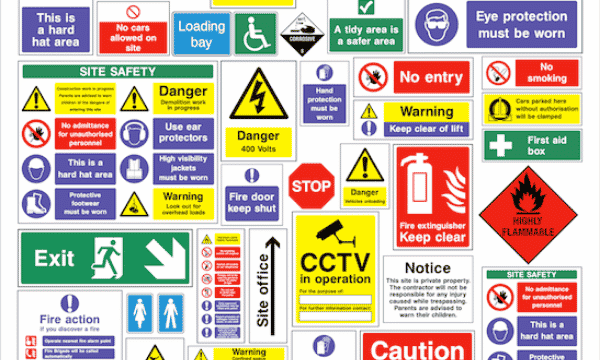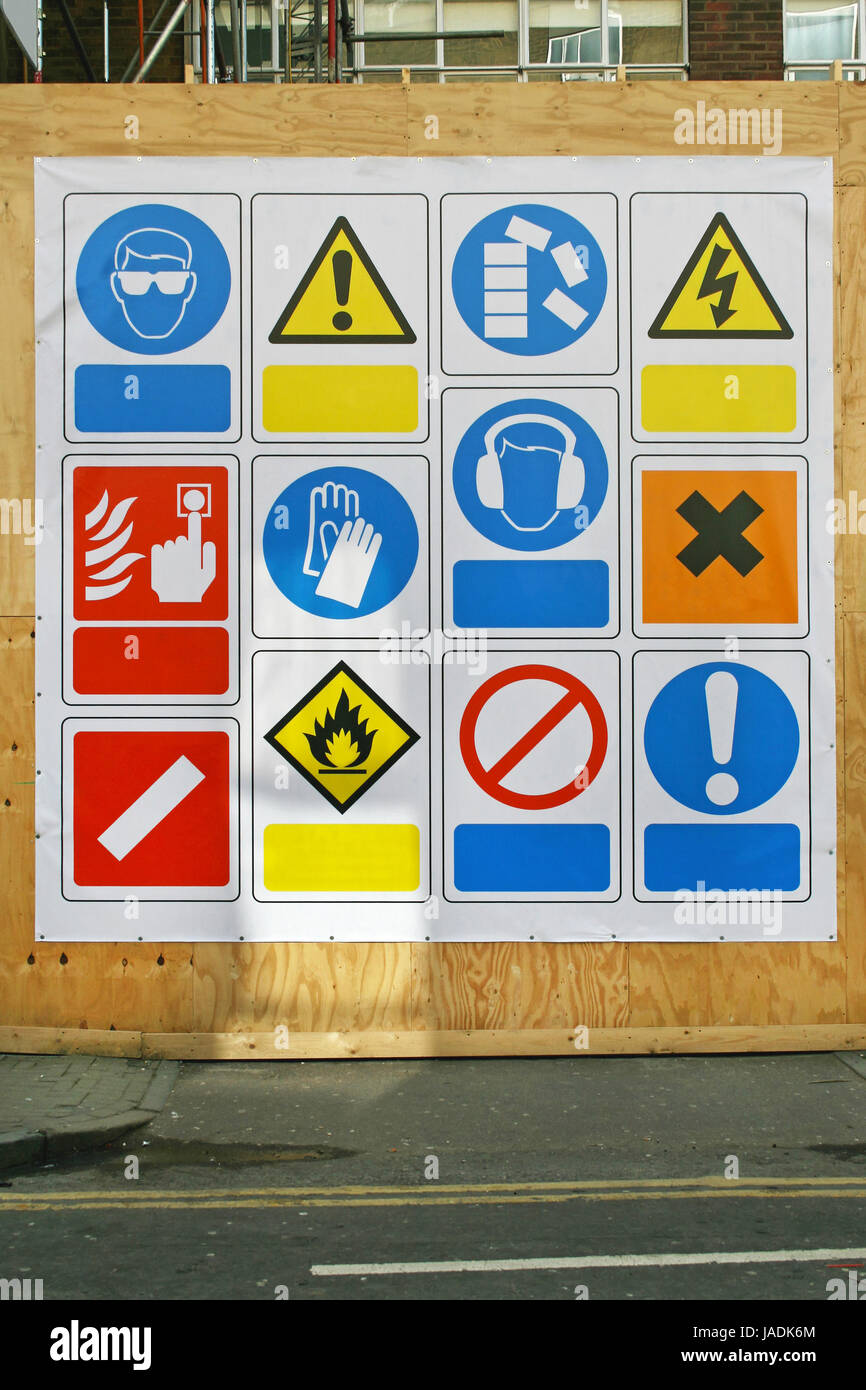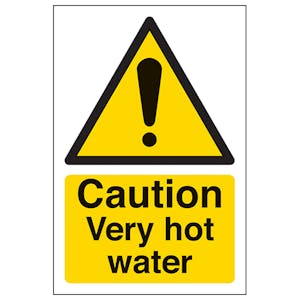Choosing the Right Safety Signage: Key Elements for Workplace Safety Success
Choosing the Right Safety Signage: Key Elements for Workplace Safety Success
Blog Article
Types of Safety And Security Indications You Required to Know for Ultimate Security

Caution Indications
Warning indicators play a crucial function in ensuring security by sharing important info regarding potential hazards. These signs are necessary in various atmospheres, consisting of offices, public areas, and streets, where they signal people to risks that may not be promptly noticeable. Usual examples of caution indications include those showing unsafe surfaces, electrical dangers, and low above clearance.

It is critical for organizations to routinely evaluate the placement and visibility of warning signs to ensure they effectively connect dangers. Training employees and the public on the definitions of these indications better enhances their relevance in advertising safety and security culture - Health and Safety Signs.
Prohibition Indicators
Restriction signs work as important indications made to connect constraints and habits that ought to be avoided in specific areas. These signs are crucial for making certain safety and security and compliance, assisting to avoid accidents and minimize dangers in various environments, consisting of work environments, public locations, and building and construction sites. Frequently characterized by a vibrant red circle with an angled line, restriction indicators share a clear message that certain actions are not permitted.
Common examples include signs that forbid cigarette smoking, eating, or entry into limited locations. The performance of these signs depends upon their visibility and simplicity, making it simple for individuals to recognize the designated message at a glance. Proper placement is crucial; they ought to be located in high-traffic areas and near the factors of prospective violation to make best use of understanding.
Prohibition signs not just secure individuals yet also maintain legal demands and business plans (Safety Signs). Their use cultivates a society of safety and respect for laws, adding to a more secure environment for everyone. Understanding and adhering to the regulations of prohibition signs is necessary to make certain conformity and promote total safety and security in any kind of provided room.
Required Signs
Necessary indicators are important parts of safety communication, developed to notify individuals of activities that must be taken to guarantee safety and security and compliance in numerous environments. These signs are defined by their distinct blue history and white symbols or text, conveying clear guidelines that need to be complied with.
Usual examples of necessary indications consist of regulations such as "Wear Personal Safety Devices" (PPE), "Usage Hearing Defense," and "Should Laundry Hands." Each of these signs offers a certain objective, targeting habits that boost security and alleviate risks in workplaces, public centers, and building sites.
The relevance of obligatory indications can not be overstated; they not just aid in stopping injuries and crashes but also make certain adherence to lawful guidelines and organizational plans. In atmospheres where risks prevail, the visibility of these indications enhances a culture of security and accountability amongst all people.
To optimize their effectiveness, obligatory indications need to be put in visible locations, ensuring they are easily seen and comprehended by everybody in the vicinity - Safety Signage. On a regular basis evaluating and maintaining these indications is additionally important to guarantee their clearness and visibility, hence advertising a safer setting for all
Emergency Info Indications
Emergency situation information signs play a critical function in assisting people during crises, supplying essential details browse around this web-site that can help ensure safety and security and assist in reliable response actions. These signs are developed to deliver clear and immediate guidelines in emergency circumstances, such as fires, chemical spills, or all-natural calamities.
Typically, emergency details browse around this site signs consist of important details such as evacuation paths, emergency call numbers, locations of first aid stations, and guidelines for using emergency equipment, such as fire extinguishers or defibrillators. Their style commonly features bold shades, high contrast, and generally recognizable symbols to ensure visibility and comprehension even in high-stress situations.
It is vital for companies to consistently review and update their emergency info indicators to mirror any type of changes in building layouts, emergency procedures, or get in touch with details. Correct positioning of these signs is similarly vital; they need to be placed in locations with high foot web traffic and at eye level to make sure that they are easily noticeable throughout emergency situations.
Standard and Directional Indicators
Standard and directional indicators are important devices for navigation within numerous environments, making certain that people can find their way efficiently and safely. These indications offer a vital feature in both private and public areas, including workplaces, healthcare facilities, colleges, and leisure locations.
Commonly featuring arrowheads, icons, or text, standard and directional indicators give clear instructions on navigating complex designs. They assist protect against confusion and lessen the danger of crashes by routing individuals towards leaves, washrooms, look at here and certain points of passion. Reliable signage is made to be conveniently well-known, usually making use of standardized colors and forms to convey info quickly.
In enhancement to helping navigation, these indicators play a vital function in emergency readiness. Throughout situations, well-placed directional indicators can lead people to safety and security, decreasing panic and making sure orderly evacuations. Routine upkeep and updates to these signs are important, as altering designs or new risks might demand modified guidance.
Final Thought

Understanding the differences between warning signs, prohibition indications, necessary indications, and emergency situation details indicators can substantially improve total security understanding.Caution indications play an essential function in guaranteeing safety by conveying important information about potential hazards. These indicators are essential for making sure safety and security and conformity, helping to protect against mishaps and reduce dangers in different settings, including offices, public areas, and building websites. During dilemmas, well-placed directional signs can lead individuals to safety and security, reducing panic and making certain organized emptyings. Caution indications, prohibition indications, necessary signs, and emergency details and directional indicators each serve distinctive purposes in sharing vital information concerning hazards, limitations, safety actions, and navigational support.
Report this page